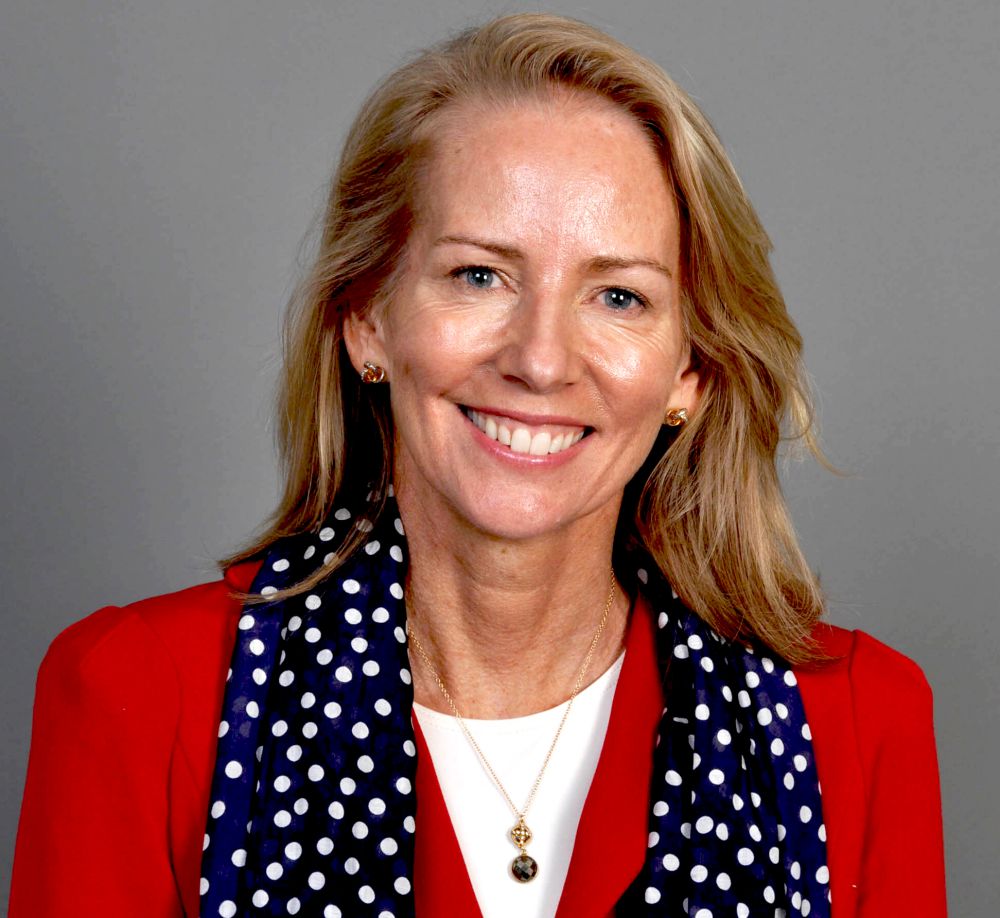
Champion for Education
Tine Sloan is, in a manner of speaking, going home. The UC Santa Barbara associate teaching professor in the Gevirtz Graduate School of Education has been appointed by Gov. Newsom to the California Commission on Teacher Credentialing (CTC), which sets all policies for credentials in the state. What’s more, commissioners unanimously elected her chair.
Sloan, who will retain her position at the university, previously spent 11 years as a non-voting member of the CTC representing the University of California system. In her new appointment, however, she will play an integral role in shaping the commission’s work in the coming year.
“As the chair,” she said, “there’s a greater responsibility to shape the agenda, respond to stakeholders, and work closely with staff to solve problems. The governor’s office is setting a positive tone for collaboration — which will help the Commission build interagency strategies to solve some of our larger challenges in education.”
California, the most diverse state in the union, presents no end of challenges and opportunities. With 6.2 million students speaking more than 200 languages, 315,000 teachers and nearly a thousand school districts, the state frequently creates the national template for educational policy and innovation, Sloan said.
“People will tell you this everywhere: In K-12 education and in teacher education everybody looks to see what California and New York are doing,” she said.
Consider the issue of teacher preparation. California, Sloan noted, is deep into figuring out how to ensure teachers are ready for the classroom on Day 1 of their careers. How does the state assess that?
“In our field there exists paper-and-pencil multiple choice tests on how to teach,” she said. “These are ill-suited for assessing how you actually perform in a real classroom with real kids. So now we have very complex performance assessments, where you submit video of your classroom, and artifacts of your teaching, like your lesson plans and student work — things that help us ensure that you are successfully doing the actual work of teaching. California was a critical leader in this effort, which is now nationwide.”
Sloan succeeds Linda Darling-Hammond, one the world’s most respected researchers in teacher education. She was appointed president of the State Board of Education by Newsom in February.
Looking ahead, one of California’s top challenges — indeed, across the country — is a shortage of qualified teachers,” Sloan said. In the school year 2017-18 the state credentialed a little more than 16,000 teachers — and had 24,000 job openings. The state used to certify as many as 30,000 teachers, she added.
“We’ve had a 75% drop in a decade in the number of teachers we prepare,” she said. “And while the numbers are inching up, there are still too many under-prepared teachers in classrooms. Worse, under-prepared teachers are disproportionately placed in high minority and high poverty schools.”
Attracting and preparing top-quality people as teachers represents an enormous challenge for the state.
“Teaching is complex and it’s hard and you have to be well prepared to do it justice — to do your students’ justice,” she said. “Every other high-performing country invests heavily in the preparation of their teachers. Places like Singapore, Finland, Shanghai and Australia wouldn’t dream of putting a teacher in a classroom after 120 hours of a summer program. They don’t understand why in the world the U.S. would do that. It’s a part of our fabric that we have to figure out.”
Sloan took the job, she said, because she thinks the state’s problems have solutions. They won’t be easy or cheap, but they have to be found because the state’s future depends on them.
When she pondered taking the job, the key question was, What are we trying to do? In short, “What’s our ‘why’?” she explained. “Because that’s what you have to look to when things get tough. It took me about two seconds because my ‘why’ has always been, my whole professional life, about making schools a better place for children.”



